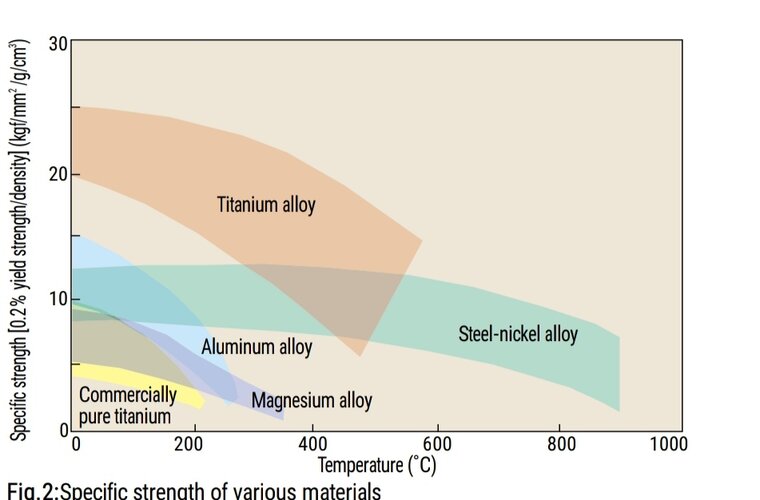- Joined
- 6 September 2006
- Messages
- 4,582
- Reaction score
- 8,514
In Aeroplane Monthly's issue this month, there is an article on the SEPECAT Jaguar M by J C Carbonel (which can also be found online here: https://www.key.aero/article/seacat).
In it, Breguet engineering project manager Jacques Desmazures is quoted as saying; “However, the Jaguar — any mark — was never used as a supersonic aircraft. Only once, one of the prototypes reached Mach 1.06, but that was for contractual reasons. It was in the military requirement so the aircraft needed to prove it could do it, and — with difficulty — it did it!”
He must be referring to prototype E01 which went supersonic on its third flight. But is it true that no Jaguar by any user was ever flown supersonic after this? And if so, the oft quoted Mach 1.1 at SL and Mach 1.6 at 36,000ft must be theoretical calculations only?
In it, Breguet engineering project manager Jacques Desmazures is quoted as saying; “However, the Jaguar — any mark — was never used as a supersonic aircraft. Only once, one of the prototypes reached Mach 1.06, but that was for contractual reasons. It was in the military requirement so the aircraft needed to prove it could do it, and — with difficulty — it did it!”
He must be referring to prototype E01 which went supersonic on its third flight. But is it true that no Jaguar by any user was ever flown supersonic after this? And if so, the oft quoted Mach 1.1 at SL and Mach 1.6 at 36,000ft must be theoretical calculations only?

